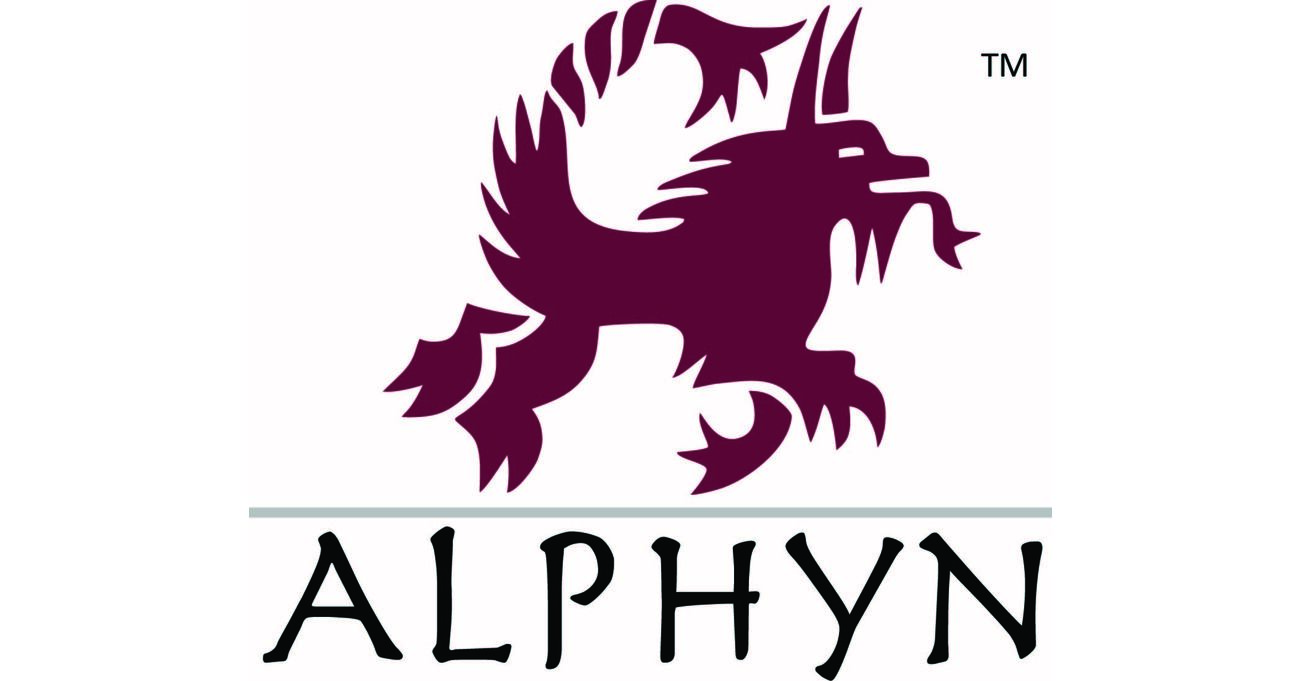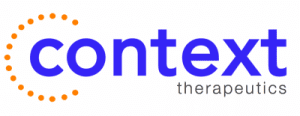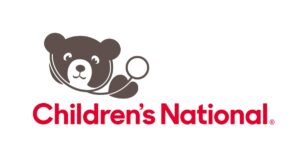
Alphyn Announces Positive Results from Second Cohort of Phase 2a Clinical Trial in Atopic Dermatitis
- All endpoints met
- Significant improvements in itch and quality of life
- Significant control of staph bacteria-associated and other AD flares
- Clearance of infected AD skin
- Significant improvements in inflammation
ANNAPOLIS, Md., March 7, 2024 /PRNewswire/ — Alphyn, a clinical-stage dermatology company developing first-in-class Multi-Target Therapeutics®, announced today that the second cohort of its Phase 2a trial evaluating zabalafin hydrogel (AB-101a) in patients with atopic dermatitis (AD) and infected AD skin met all endpoints for safety and efficacy. Compared to baseline, the trial demonstrated significant and clinically relevant improvements in itch, patient-assessed quality-of-life indicators, inflammation, and safety, with minimal side effects and strong patient tolerability.
“There are well-known shortcomings with current atopic dermatitis therapeutics that, while effective, treat only the inflammatory component of the disease, and have side effects and safety warnings that restrict long-term and continuous use,” said Dr. Stephen Shumack, Principal Investigator in the Phase 2a trial. “This trial suggests that zabalafin hydrogel could address these shortcomings by treating, in addition to AD’s inflammatory component, both itch and AD’s bacterial component, which are known to be associated with AD flares. Importantly, zabalafin hydrogel’s minimal side effect profile and excellent patient tolerability, combined with its efficacy, suggest it offers patients a worry-free option for continuous, long-term use.”
This first-in-human trial assessed the safety, side-effect, patient tolerability, and efficacy of zabalafin hydrogel against, for the first time, the bacterial component of AD as well as the standard AD inflammation component in mild, moderate, and severe disease. Endpoints included reduction of itch, improvement of patient quality of life, evaluation of safety, side effects and patient tolerability, Skin Infection Rating Scale (SIRS) improvement, reduction in body surface area (BSA), improvement in Investigator Global Assessment (IGA), and improvement in Eczema Area and Severity Index (EASI) score. Results were obtained on patients ages 2-45 who were treated for either 8 weeks (10 patients) or 12 weeks (8 patients) with zabalafin hydrogel, using as the control the vehicle arm from the first cohort of the clinical trial evaluating zabalafin hydrogel against the inflammation and staph bacteria-associated AD flares components of AD for 4 weeks (41 patients).
Results are as follows:
- 68 percent experienced an itch score improvement of at least 4 using the Numerical Rating Scale (NRS) at the blended end of treatment (EoT)
- Itch reduction was demonstrated in immediacy of onset and long-term
- 90 percent had a Patient Oriented Eczema Measure (POEM) scale quality-of-life improvement of at least 6 at EoT
- All patients showed a steady decrease in SIRS score, demonstrating control of the Staph bacteria-associated and other AD flares
- 74 percent achieved a SIRS score improvement of 6 or more points, equal to an improvement of 62 percent at EoT
- 84 percent of patients with infected AD skin were cleared at EoT
- Effectiveness against bacteria was equivalent to treatment with the gold-standard Vancomycin; one incidence eliminated bacteria resistant to Vancomycin
- 84 percent of patients achieved an EASI50 score (AD improvement of at least 50 percent), 50 percent achieved an EASI75 score (AD improvement of at least 75 percent), and 10 percent achieved an EASI100 score (AD improvement of 100 percent) at 12 weeks
- 50 percent of patients experienced a reduction of the inflammation component of AD as indicated by 2 or greater improvement in the IGA score and IGA score achieving clear or almost clear at 12 weeks
- 90 percent of patients experienced a 1-point reduction in IGA score at EoT, demonstrating nearly all patients were helped and showing some improvement in their AD
- Only 1 reported treatment-emergent adverse event (TEAE) of mild transient stinging in 1 or 2 study visits for 3 participants, indicating minimal side effects and strong patient tolerability at EoT
“We’re very excited about these data, which, combined with the positive data reported from the first cohort of the Phase 2a clinical trial program, demonstrate the potential of zabalafin hydrogel as a drug of choice for AD and the promise of our Zabalafin Platform,” said Alphyn CEO Neal Koller. “With new and multiple mechanisms of action, zabalafin hydrogel could be the first complete AD treatment capable of directly targeting all the components that cause and worsen the disease. Based on these results, we’re preparing for a global Phase 2b clinical trial in the second half of 2024 as we raise our Series B financing.”
Alphyn is developing zabalafin hydrogel as the first therapeutic for AD to treat the immune system component and the bacterial complications of the disease, including those commonly associated with Staph (Staphylococcus aureus) and methicillin-resistant Staph (MRSA). Zabalafin hydrogel is a novel, first-in-class complex single-source botanical drug with multiple bioactive compounds that provides multiple mechanisms of action, including anti-pruritic, antibacterial, and anti-inflammatory activity. The topical is derived from our Zabalafin Platform.
ABOUT ALPHYN BIOLOGICS
Alphyn Biologics is a clinical-stage dermatology company developing first-in-class Multi-Target Therapeutics® for severe and prevalent skin diseases based on its Zabalafin Platform. Its lead product candidate, zabalafin hydrogel, is being developed as a topical treatment for atopic dermatitis (AD), the most common form of eczema. Zabalafin hydrogel has demonstrated efficacy in treating AD with and without infected AD skin in a Phase 2a clinical trial, and, along with a strong safety, side effect, and patient tolerability profile, results suggest its potential as the first AD treatment suitable for worry-free, long-term, continuous use. Alphyn’s Zabalafin Platform has multiple bioactive compounds and, therefore, multiple mechanisms of action to support a robust pipeline of dermatologic therapeutics that have potential safety, side effect, patient tolerability, efficacy, and regulatory marketing authorization advantages. Alphyn is based in Annapolis, Maryland, and Cincinnati, Ohio, and has a wholly-owned Australian subsidiary. The company became operational in 2020 and has raised approximately $9.1 million.
SOURCE Alphyn Biologics
- About the Author
- Latest Posts
BioBuzz is a community led, experience focused, biotech and life sciences media and events company. BioBuzz highlights regional breaking news, industry professionals, jobs, events, and resources for business and career growth. Their weekly newsletter is subscribed to by thousands in the BioHealth Capital Region and Greater Philadelphia as the go-to for industry updates.







